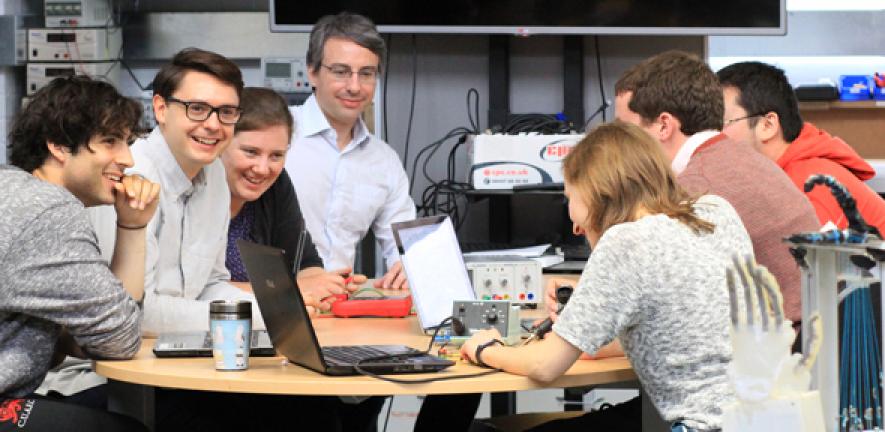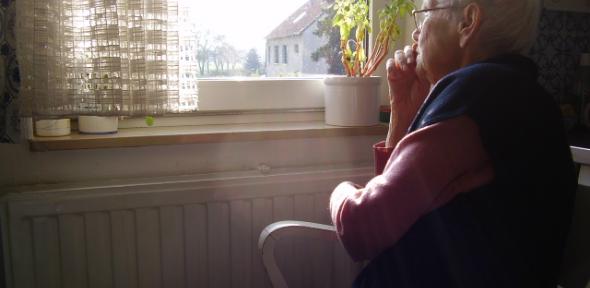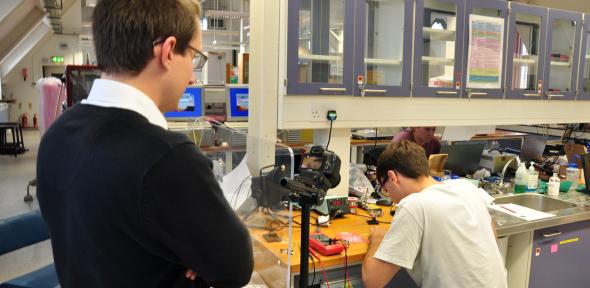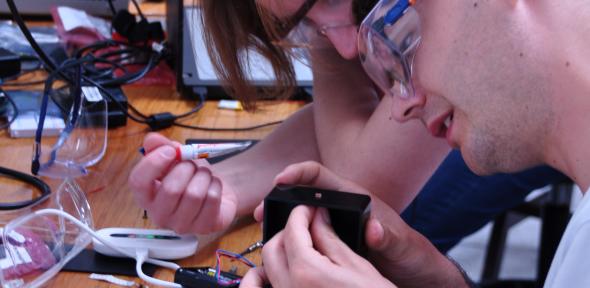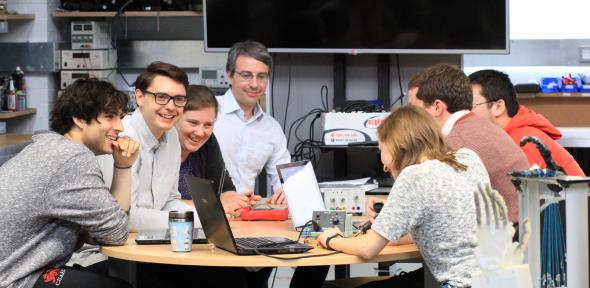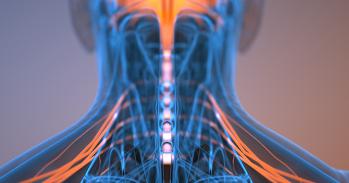According to
The Royal Society for the Prevention of Accidents, around one in three adults aged over 65 who live at home will suffer at least one fall a year; and in 2009, in England and Wales alone, this age group accounted for 7,475 deaths as a result of an accident. Nevertheless, the vast majority of older people would still prefer to stay in their own homes until it is impossible for them to do so, rather than move into residential care.
Three million people in the UK are aged 80 or over, and
the number of people aged over 85 is set to double in the next 20 years. With ageing populations placing increasing pressure on health services in the UK and many other countries, there is growing demand for assisted living technologies to enable older people to live independently and safely in their own homes for longer.
But as team member Oliver Bonner, an electronics engineer, explains:
“Existing monitoring devices are often too bulky, only perform one function and can’t be integrated because manufacturers don’t want their products used alongside those of rival brands. What we’ve done is develop an open platform so that anyone who invents an ingenious assistive device can bring that into the system and enhance what it can do for older people.”
The interdisciplinary team – comprising engineers, chemists, biochemists, materials scientists and physicists – designed and incorporated five assistive devices into their sensor suite: a door sensor, power monitor, fall detector, general in-house sensor unit, and an on-person location-aware communications device. The group improved on existing devices, in part, by taking advantage of recent developments in 3D printing, printed circuit board production and electronics prototyping.
Josephine Hughes, who studied engineering as an undergraduate at Cambridge and is now pursuing a PhD in robotics, said:
“We’ve created a non-intrusive safety net that can be used to help older people live independently in their own homes for as long as possible while also connecting them with their friends and family. We had to ensure that older people would accept the system.”
To protect the privacy of older people, the in-house system uses motion and audio detectors to establish presence but no cameras or sound recording devices. Towards the end of the project, the team installed their sensor suite in the home of team member, Philip Mair, a biochemist. With kind permission from Mair’s flatmates, the group tested the system for two weeks and, to their relief, discovered that it was fully operational.
Extensive further testing would be required before the system could be commercialised but it has already attracted interest from potential investors and manufacturers.
Philip Mair said: “The toughest part of the project was having to tear up our first proposal and start over again. Once we got into the development phase, we had to wait for our area of expertise to come into play but also pick up entirely new skills very quickly, in my case, programming.”
“The sensor team challenge was a unique experience for all involved and what these students have achieved is astonishing. To devise a proposal, budget and work plan as well as build and demonstrate such a sophisticated system in such a short period is remarkable.
"Their sensor suite significantly outperforms any commercial solution currently available and the team has made a genuine contribution to society by sharing the advances which it has made. The experience will stay with them for the rest of their careers.”
All ten team members are now working on other projects as part of PhD research at Cambridge.
The University is a world leader in the science and technology of sensing and myriad sensor technologies have been developed here, ranging from DNA sequencing to plastic transistors. The
CDT in Sensor Technologies and Applications connects more than 100 academics from 20 departments and leading industries to provide a coordinated training programme and PhD experience to outstanding students from a large number of disciplines.
During the first year of the Sensor CDT studentship, which leads to the Master of Research qualification, students immediately begin to engage in sensor innovation through course work and experimental projects. The experience differs from that of a traditional, single-discipline PhD as students work across different Departments and undertake projects both individually and in teams. Students interact with industrial partners who are also pushing the boundaries of sensor innovation, and learn how to achieve radically new solutions to current and future sensor challenges.
A showcase event for Cambridge activities in the field is the
Sensors 2016 conference (14 October 2016) which will host international speakers as well as the current CDT cohort, who will present the outcome of their own team challenge, focused on building a medical imaging device.
The team:
James Manton; Omar Amjad; Josephine Hughes; Isabella Miele; Philip Mair; Tiesheng Wang; Oliver Bonner; Vitaly Levdik; Richard Hall; Géraldine Baekelandt.
Teaching team members: Prof Clemens F. Kaminski; Dr Oliver Hadeler; Dr Fernando da Cruz Vasconcellos; Dr Tanya Hutter.
